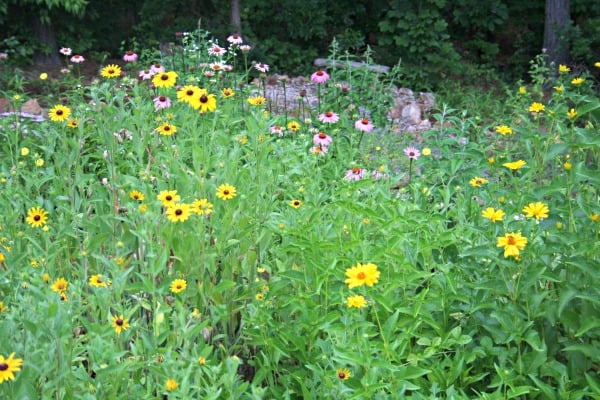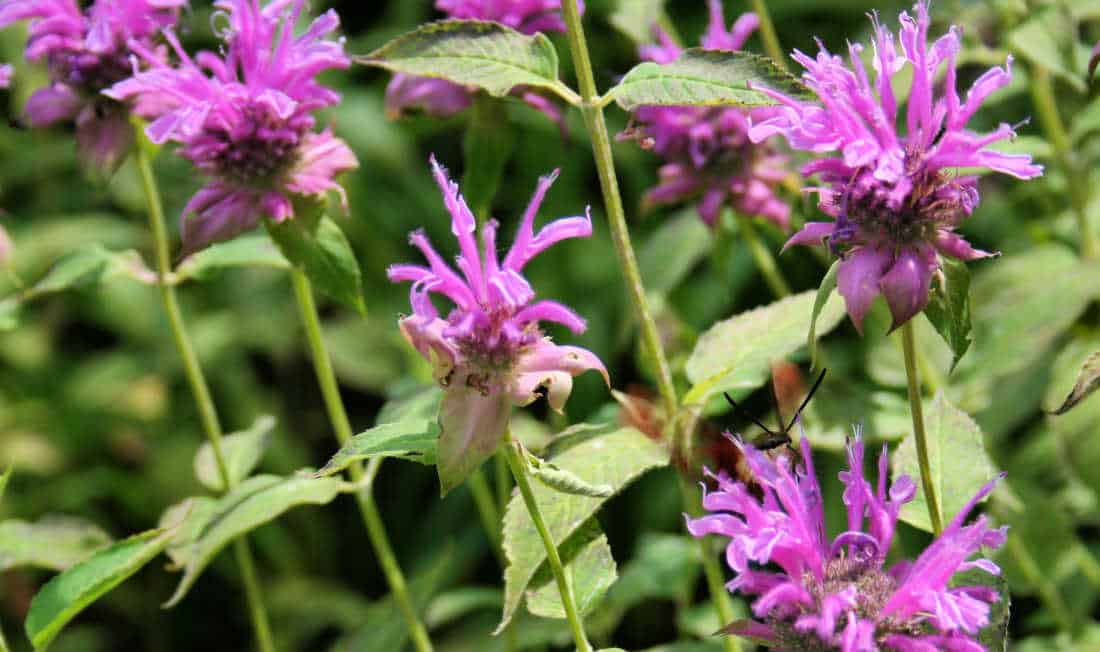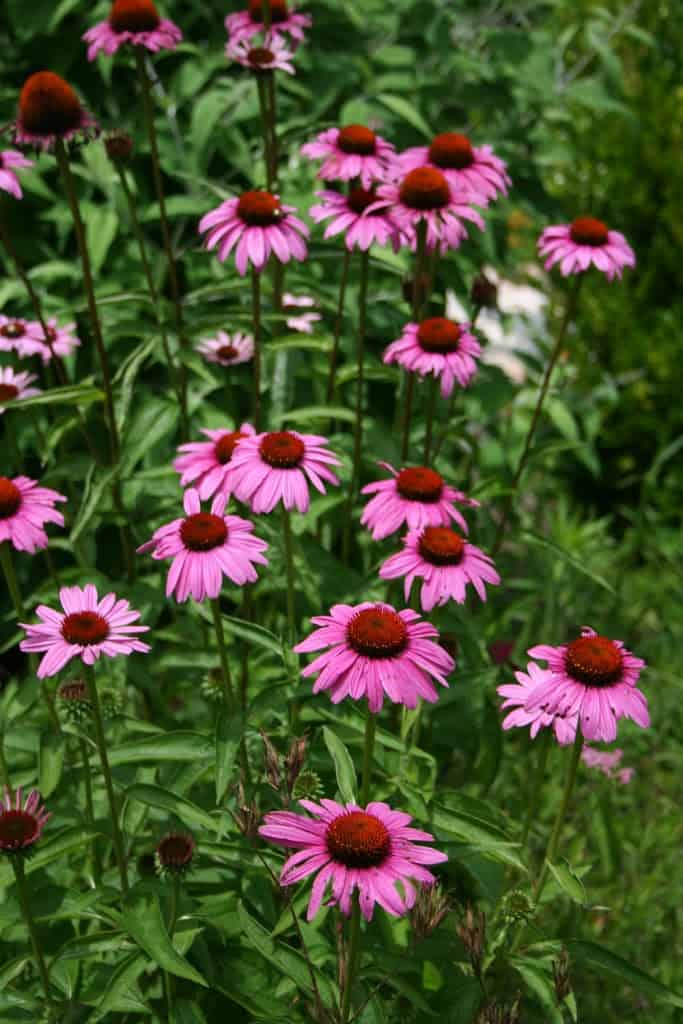Native perennial flowers really thrive when others struggle. When I planted my garden here in Virginia, I knew I needed a tough plant for the conditions. Clay soil, hot summers, abrupt changes in weather, dry spells – this is what it’s like gardening in the Piedmont area.
I added three native perennial flowers to my garden that have done so well I thought I’d share them with you. Not only do these flowers look gorgeous, but they attract butterflies, too!

Three Native Perennial Flowers for American Butterfly Gardens
Add These Easy-Care Perennial Flowers to Attract Butterflies
Butterfly gardening has become quite popular, and creating a butterfly habitat is easy whether you have a simple pot on your back deck or porch planted with flowers or an elaborate butterfly garden area set apart in your yard.
One of the secrets to keeping your butterfly garden endeavors easy, however, is to plant native species of perennials. By native, I mean perennial flowers that would naturally grow in your part of the world. Perennials are plants that return year after year to the garden from their rootstock, making them a permanent addition to the garden. Because they return on their own each year, that also simplifies your gardening chores and tasks.
The following three perennials are my ideal perennials for butterfly gardens in the United States, especially the southeastern United States where I live. They should do well in gardening zones 6 through 9 but do check with your local county Cooperative Extension Office for a list of plants native to your part of the United States.
Benefits of Planting Native Perennial Flowers
There are many benefits to planting native species. I particularly love them because they tend to be tougher than imported plants; they developed over the eons in this climate, geography, and soil, and thrive when given half a chance. Many are drought-tolerant and deer resistant too, requiring less water and providing cheerful blossoms for butterflies and people alike to enjoy. Add these three native perennial flowers to your garden this year to attract butterflies and add gorgeous blooms.
Rudbeckia
Rudbeckia fulgida or black (or brown) eyed Susan, is an easy-care native perennial that butterflies love. It needs full sun, well-drained soil, and that’s about it. It will spread out too, reseeding itself each year and creating quite a nice mass over time of tall 2 to 3-foot plants in the garden. This plant also attracts birds such as chickadees and goldfinches to the garden. You can purchase plants in pots from a garden center or start it from seeds indoors, transplanting seedlings into the garden after the last threat of frost for your gardening zones is over.

Monarda
Monarda didyma is also called Bee Balm, and it is a wonderful hardy perennial for North American gardens. There are many other species of Monarda that offer pink, purple and red flowers butterflies love. Birds, butterflies, and bees love the sweet nectar offered by Monarda flowers and you’ll have a constant-ever changing dance of wildlife near your Monarda flowers. They require full sunlight, meaning six or more hours per day of direct sunshine, and well-drained soil, although they aren’t fussy about it. Purchase plants from the garden center or start Monarda flowers from seeds.

Echinacea or Purple Coneflower
Yet another native perennial flower loved by butterflies and birds is Echinacea or the purple coneflower. Actually, Echinacea purpurea is the purple coneflower, but this lovely native perennial also comes in shades of white, yellow, pink and new cultivars offering burgundy hues. The name “Echinacea” comes from the word for “hedgehog” because the first English colonists who encountered the plant thought that the prickly seed cones resembled the hedgehog.
Echinaceas of all types require full sun, defined as six or more hours per day. They like well-drained soil and are typically drought-tolerant. You can grow them from seeds; I like to start mine indoors under plant lights a good 10 weeks before the frost-free date for my gardening zone, then allow them a week or two to harden off or acclimate to the outdoors before transplanting them into the gardening.
Water any newly planted seedlings daily. After a few weeks, they should be well established, and many will bloom the first summer. They tend to reseed freely if given the right conditions, so leave some room around your Echinacea patch. Butterflies love the flowers, and many species of birds nibble on the seed cones in the autumn.
Planting a Butterfly Garden
These are but three suggestions for native perennial species that butterflies enjoy. Salvia, native perennial geraniums, gaillardia, Asclepias – all offer even more possibilities for the serious butterfly gardeners. And while they aren’t perennials, adding some annual seeds for Bachelor’s Buttons and other flowers butterflies love attracts even more diverse species. Be sure to plant your butterfly garden flowers near a window or porch so you can sit and enjoy the ever-changing show. Adding a hummingbird feeder also increases the fun, since many hummingbirds also enjoy butterfly flowers. Plant native perennials in the spring and prepare to enjoy seasons of beauty and butterflies for many years to come.





Great choices for flutter bugs to enjoy!